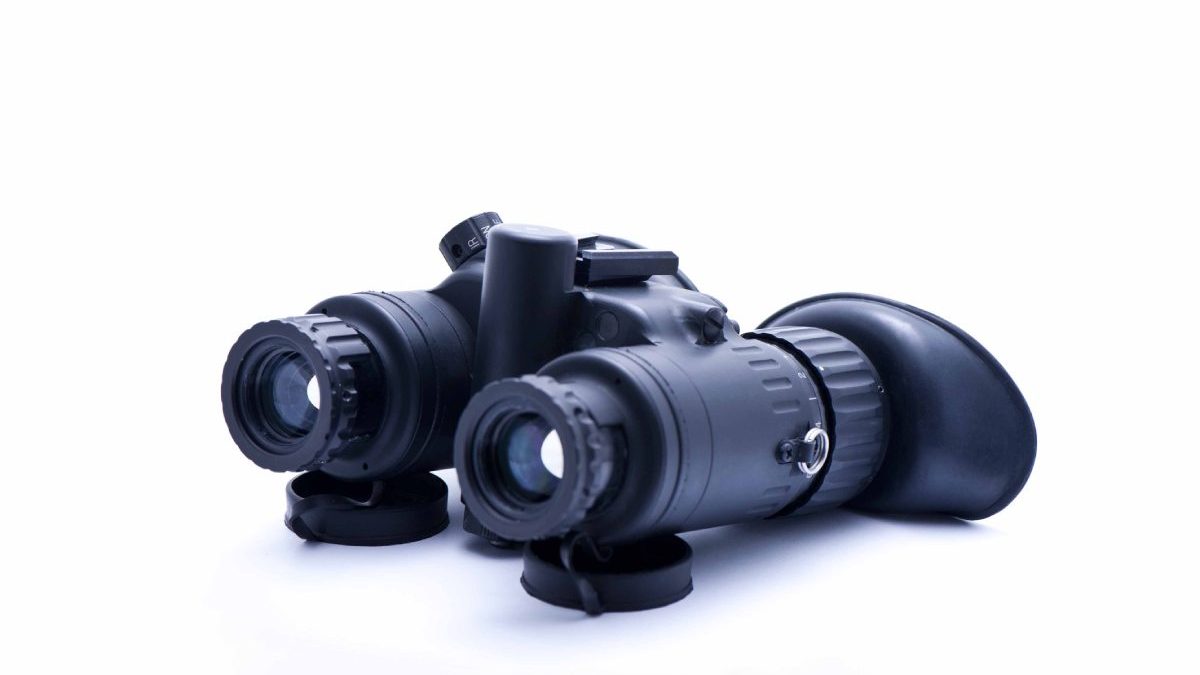In the modern world, it is almost impossible without night vision devices. They have become familiar to most people and have found application not only in the army and police but also in everyday life. Modern gadgets have become much more intelligent than their prototypes. They can collect, record, analyze information, and communicate with their owner via the Internet. Devices with night vision technology can be programmed and set up separate scenarios for any event. They are straightforward to manage. They have a simple interface, can be remotely controlled, and allow you to monitor processes without the presence of a person. Night vision devices have not only provided us with good vision at dusk but have become a necessity and part of the life of a modern person.
The use of night vision
Rescuers, medics, and firefighters actively use devices based on night vision and thermal vision technology to search for and help people in distress due to cataclysms and accidents. The most apparent application of night vision is in the army, law enforcement, police, and security agencies. An equally important application is to rescue lost people who cannot send a distress signal on their own. It is common for people to be unconscious or, due to some restrictions, not call for help. These may be lost to small children or people with disabilities. Night vision binoculars equally well scan the forest and the water surface at dusk in search of a missing person.
Hunters, paintballs, and nature lovers are just as happy to use night vision goggles, monoculars, or binoculars. Diggers, speleologists, fishermen, and yachtsmen continuously operate night vision and thermal vision devices.
Quite a few construction companies use TNV for auditing and building homes. Electricians check electrical networks for overvoltage points using thermal cameras.
A considerable number of industrial enterprises control production processes using thermal vision technology. All airports and railway stations have night vision cameras, thermal imagers, and thermal scanners.
All drivers driving at night are pleased to use night vision devices. Poorly lit roads and “blind spots” are no longer a problem for safe movement.
The entire civilian and military fleet is equipped with night vision cameras with data transmission in the headhouse to the instrument panel. Night vision cameras eliminate disturbing coastal light and greatly simplify movement. They make navigation safer and help to moor in foreign ports. With them, detecting third-party obstacles overboard, going around buoys, and passing under bridge supports is easier.
All aircraft are equipped with night vision cameras, or the pilot’s helmet carries a built-in camera in its design. The data is displayed on the pilot’s glasses and contributes to a safer flight.
Quite a lot of unmanned vehicles are equipped with night vision cameras. It can be a sea, air drone, or robot on a wheeled or tracked base.
Astronomers use night vision cameras to study stars and galaxies.
Medicine uses devices based on thermal vision to diagnose various diseases. Cooking and looking after elderly relatives or children also use devices based on night vision technology. As you can see, the content of applications is so huge that it requires some detailing to understand the topic better. Consider in detail the types of night vision devices.
Types of night vision devices
All night vision devices are divided based on night vision and thermal vision. Night vision technology formed the basis of image intensifier devices, and thermal vision technology became the foundation for thermal imagers. Both technologies allow you to see at night but are based on different principles of operation. They do not replace each other but complement and successfully work towards a common goal. Today, hybrid devices where both technologies work in pairs are standard, for example, night vision goggles ENVG-B. Let us consider in more detail both types of night vision devices.
Thermal vision based on the image intensifier tube includes four generations of devices: Gen 0, Gen 1, Gen2, Gen3, and Gen4. Each generation has subspecies that differ in design features, parameters, and capabilities. For example, Gen1+, Gen2+, and Gen3+. These subspecies can be divided into separate series, arranged according to the features of selection or design changes. For example, Gen 2CGT.
In all generations of night vision, white or green phosphorus is used. Gen0-Gen3 work on a green phosphor screen. Gen2 and Gen3 have the same models in green and white phosphor. Gen4 only works with white phosphorus.
In addition to night vision based on the image intensifier tube, there is a subspecies of night vision based on digital technologies – digital night vision. The technology resembles the principle of the cell phone camera. Digital night vision works on CCD or SMOS digital sensors. This type of night vision can be operated during the day and has the broadest digital features.
A different type of night vision is color night vision. It is divided into two subspecies: based on the image intensifier tube and based on digital sensors. The first works with conventional night vision devices but uses a filter system to correct color reproduction. When applying filters, the user sees not a monochrome but an utterly realistic color image. The second subtype, based on digital sensors, forms a natural color image due to the processor’s pixel matrix and information processing. Both technologies are relatively new and very promising.
Thermal vision exists in various form factors: thermal goggles, thermal scope, thermal sight, thermal monocular, thermal binocular, and thermal cameras. They are divided according to the scope of use, accuracy class, and type of sensors.
This type is found in all form factors, from the camera to the scope, and is used in the military and everyday life. They have been combined into a hybrid night vision to expand the capabilities of night and thermal vision technology. In addition, there is a very curious direction in the development of hybrid vision, which involves the introduction of a CMOS sensor into the amplifier tube instead of a phosphor screen. This allows you to output video online for transmission via wireless networks to third media. For example, transfer the battlefield shooting to the command center’s screen. This technology is not yet available and is being tested and improved by the US military.
We live in an exciting time of rapidly evolving technologies. All the fantastic things we read or watched in childhood have already become a reality, and our children play with them. Night vision technologies are rapidly improving and expanding our capabilities. Night vision products strengthen our professional skills and provide additional tools for hobbies, sports, or outdoor activities. When choosing your ideal model, remember that it can exist in various versions with other features. Embedded in the principle of universality in all modern devices, you can choose the functions you need in multiple form factors and technologies.
Related posts
Sidebar
Recent Posts
How to Choose the Right VPS Server for Your Needs
In today’s digital landscape, selecting the right Virtual Private Server (VPS) holds the key to a successful online presence. With…
Cloud Data Compliance: Ensuring Data Security in the Cloud
Explore the critical aspects of cloud data compliance and why it’s essential in today’s digital landscape. Learn about legal regulations,…



